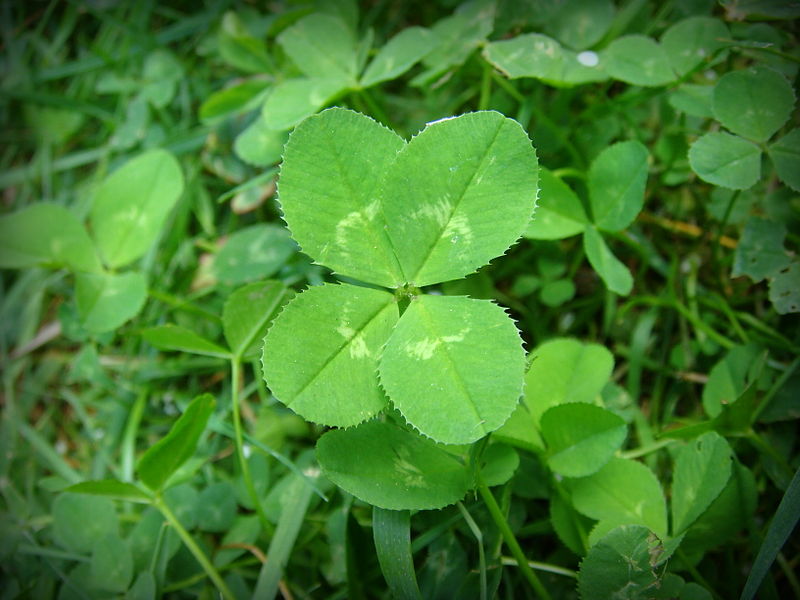I’ve written before about local foraging, and how some plants are super well known among the native foragers here, such as purslane, wood sorrel, mallow, and mustard, and yet there are other plants like black nightshade, cactus paddles, and amaranth that no one local seems to forage for whatever reason. For years I knew how to identify one of the varieties of amaranth that grows around me, but until I finally met someone locally who foraged it, a family of immigrants from Mexico who called it quintonille, I was hesitant to try it. Finally I got over my hesitation and amaranth has been a regular part of my summer foraging.
Where I live it doesn’t rain in the summer, so foraging can be a little bit harder, because not so many things are growing in the dryness. Fortunately, over time I’ve discovered plenty of summer forageables, from amaranth to lambsquarters to cactus paddles to black nightshade and purslane and much more. Amaranth is one of those plants I can find year round, but locally it seems to grow to its full capacity in the summer.
The types of amaranth I’ll be talking about in this this post are either amaranthus blitum or amaranthus virdis, commonly known as purple amaranth or Guernsey pigweed and slender amaranth or green amaranth respectively. (I honestly can’t tell the difference between the two, and I honestly don’t see a reason to unless that is something about which you’re passionate, in which case I would gladly hear what the difference between these two plants are.) I’m choosing these to share because they have the most easily recognizable features, making them an easy to forage plant.
If you’re hearing amaranth and thinking “Hey, wait, isn’t that a grain?” you’re right and also wrong. Amaranth is a pseudo grain, meaning that it is not a real grain (which come from the grass family) but has many similar properties and can be used as a grain and turned into flour. Local health food stores sell amaranth grains here.
However, the more useful, in my opinion, part of the plant is its leaves.
 |
| A summer forage of capers, lambsquarter leaves, amaranth leaves and grains, and mustard seeds |
Scientifically amaranths are a genus in the Amaranthaceae family, known colloquially as the amaranth family. I’ve previously written here about foraging two other members of the amaranth family, sea beet, which is in the Beta genus of the amaranth family, and lambsquarters, which are in the Chenopodium genus. A cousin of theirs, the Spinacea genus, is the genus that contains spinach, so it’s probably not surprising that all of these are sometimes referred to as wild spinach, as they can basically be used interchangeably for spinach in any recipe.
Likewise, Chenopodium, which is the genus that contains lambsquarters is also the genus that contains quinoa, the well known psuedograin, which is why the fact that amaranth’s seeds/grains also grow in a similar fashion is unsurprising.
Nutritionally amaranth is a power house, chock full of vitamins A, K, B6, C, B2, B9, not to mention calcium, iron, magnesium, potassium, zinc, copper and manganese.
 |
| Mushrooms stuffed with amaranth and chestnuts, vegan and paleo and delicious |
While amaranth can be eaten both raw and cooked, I’ll admit that I’m not a fan of it raw (I taste this slight chalkiness when I eat it raw). Cooked though, even slightly cooked, even a couple of seconds sometimes, is enough for me to love it.
It tastes pretty much identical to spinach. Earthy, green, slightly bitter but not in an unpleasant way.
 |
| Potatoes with three cheese sauce and amaranth greens |
Any way you’d use spinach, you can use this. The sky is the limit. Soups, patties, lasagna, stir fries, ravioli, creamed, etc…
So, how do you identify it and are there any poisonous look alikes?
Well, I don’t live around the world, so I can’t tell you if there are absolutely no poisonous look alikes anywhere in the world, but I can tell you how to tell them apart from the only plant that looks somewhat similar to it locally, pellitory of the wall.
 |
| Pellitory of the wall. NOT amaranth. |
 |
| Both amaranth and pellitory next to each other. Pellitory more in the foreground and smaller, and amaranth bigger and higher up. |
 |
| Clover with its white chevron |
 |
| Me, demonstrating to some children at a foraging class, how you expose the seeds |
To expose the grains, pick off the seed heads on top and run them between your hands briskly. That will loosen them from the stalk and remove some of their covering, and you’ll see these black seeds that look not too unlike poppy seeds.
If you want to do a lot of hard work, you can collect the seed heads, let them dry, and then thresh and winnow them, to remove the chaff and stem from the seeds.
Or, you can do like I do and just collect the seed heads, let them dry, take out the stems and leaves (if you want, not so imperative) and then grind them up like that. You can then grind it up as is, and you’ll have flour together with ground greens, which isn’t necessarily something you’d want to be using for a sweet dish, but they work well for savory pancakes, for example, or any other recipe where using greens and grains together taste good. (I haven’t tried it to make homemade pasta, but that’s on my list.)
 |
| Annual mercury, poisonous semi look alike. |
So now let’s go ahead and forage!
Happy foraging!
Ever seen this plant growing near you? Heard of amaranth before? Have you eaten it, and if so, just the grains or also the greens? What is your favorite way to prepare amaranth? And if we have any plant geeks here, I’ll rewrite my aforementioned questions: why are there only chevrons sometimes? And what is the difference between slender and purple amaranth? Thanks so much in advance!



















0 Responses
Thank you for sharing this! I forage, too, but this is a new plant for me. I'll pay attention and look for this now as well.
Thank you. This helped!
Thank you. This helped!
Thank you for posting this. This plant popped up in the middle of some cultivated amaranth that I planted in the garden. Will the wild type and cultivated type cross? I'm thinking yes but I was wondering if you knew. Thank you!
So relieved to find your site, I love the name. Some of us who for good, informed reason will not get the shots & "vxc-passport"(etc) are looking forward to penniless times. So we appreciate back to basics knowledge that isn't gourmet or elitist ("gate-keepey"). I have taken herb courses from famous people and have books… While yes we need to be careful about proper id and usage, we also need to be honest that much of what the modern world calls "weeds" is what people for centuries called "pot herbs" and knew how to use in food, teas and tonics. Like Our Lady's Thistle taken with honey, for example. (Botanical .com is another good site). "Therefore give God thanks for His goodness, who hath given this herb and all others for the benefit of our health." Mattheolus & Fuschius
So relieved to find your site, I love the name. Some of us who for good, informed reason will not get the shots & "vxc-passport"(etc) are looking forward to penniless times. So we appreciate back to basics knowledge that isn't gourmet or elitist ("gate-keepey"). I have taken herb courses from famous people and have books… While yes we need to be careful about proper id and usage, we also need to be honest that much of what the modern world calls "weeds" is what people for centuries called "pot herbs" and knew how to use in food, teas and tonics. Like Our Lady's Thistle taken with honey, for example. (Botanical .com is another good site). "Therefore give God thanks for His goodness, who hath given this herb and all others for the benefit of our health." Mattheolus & Fuschius